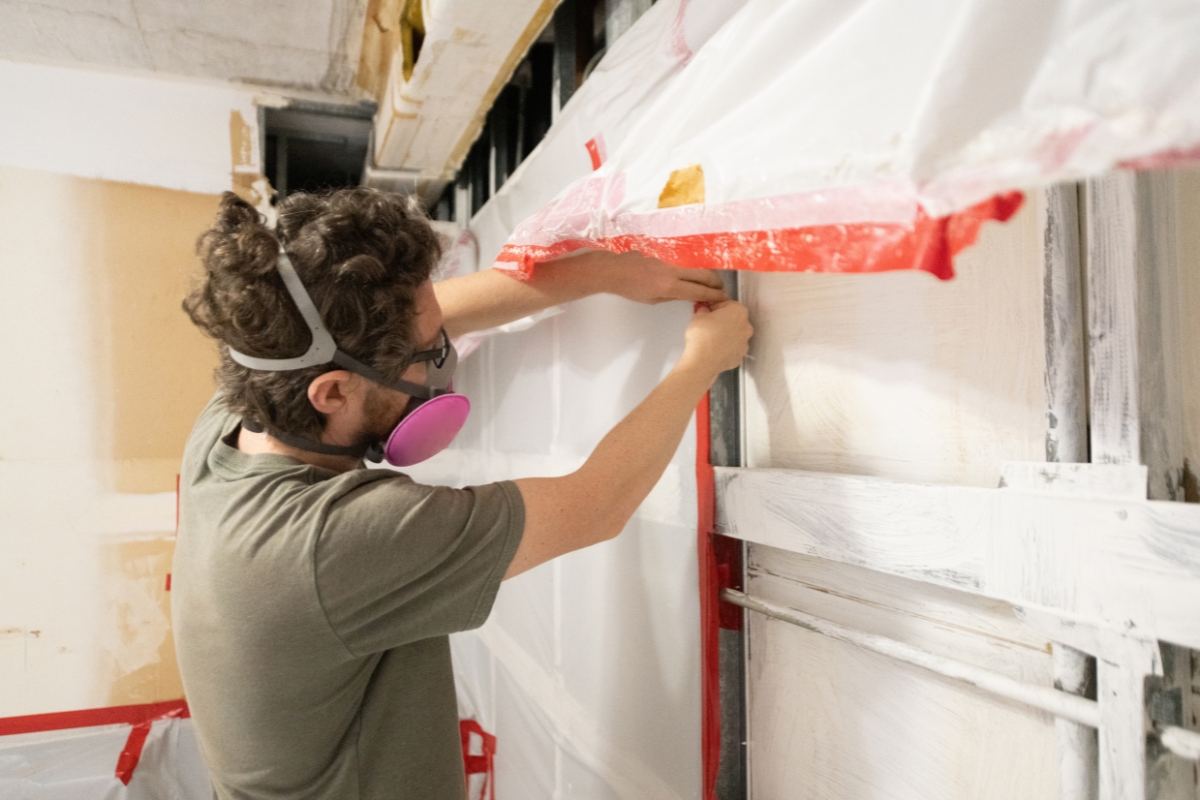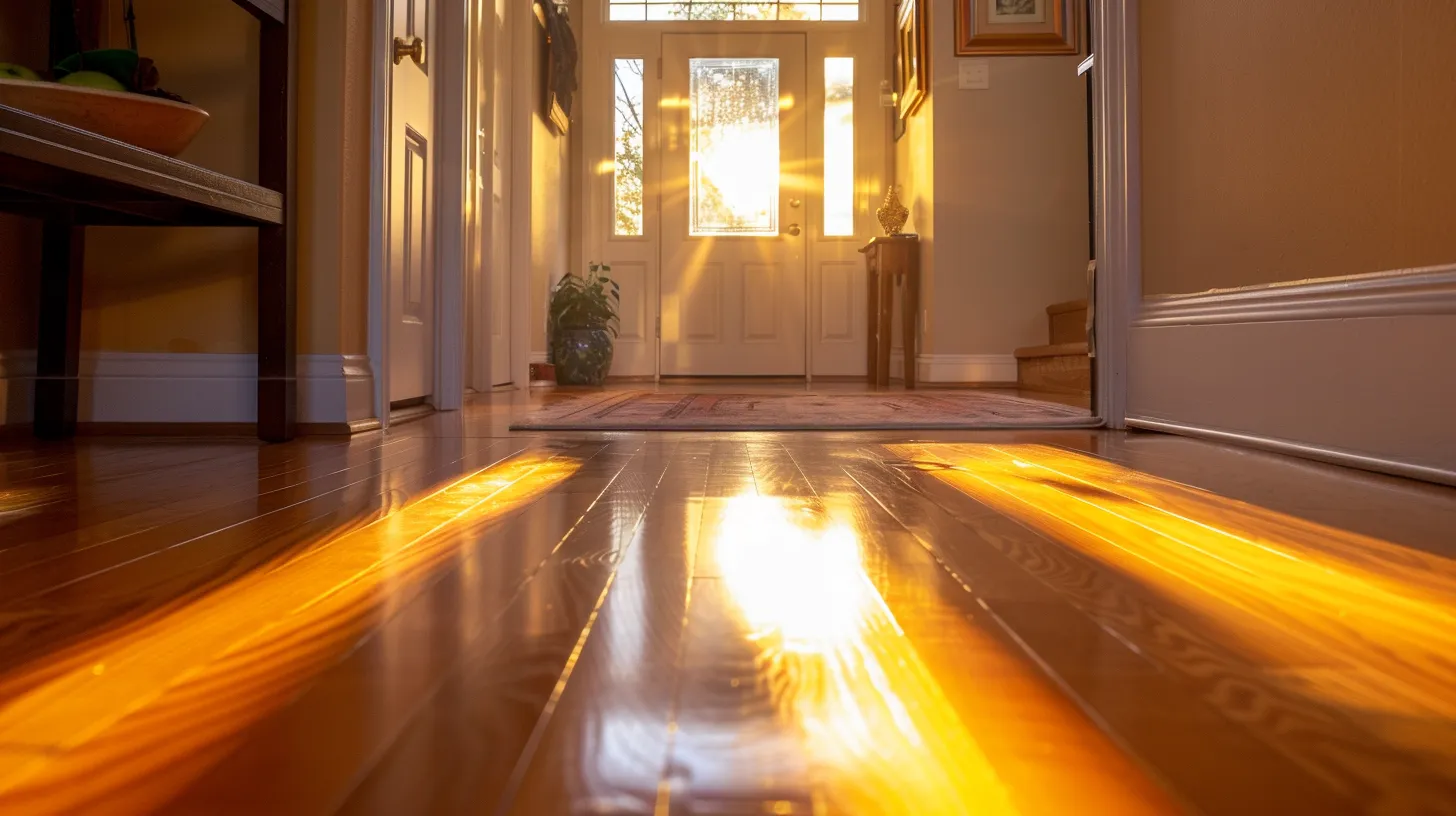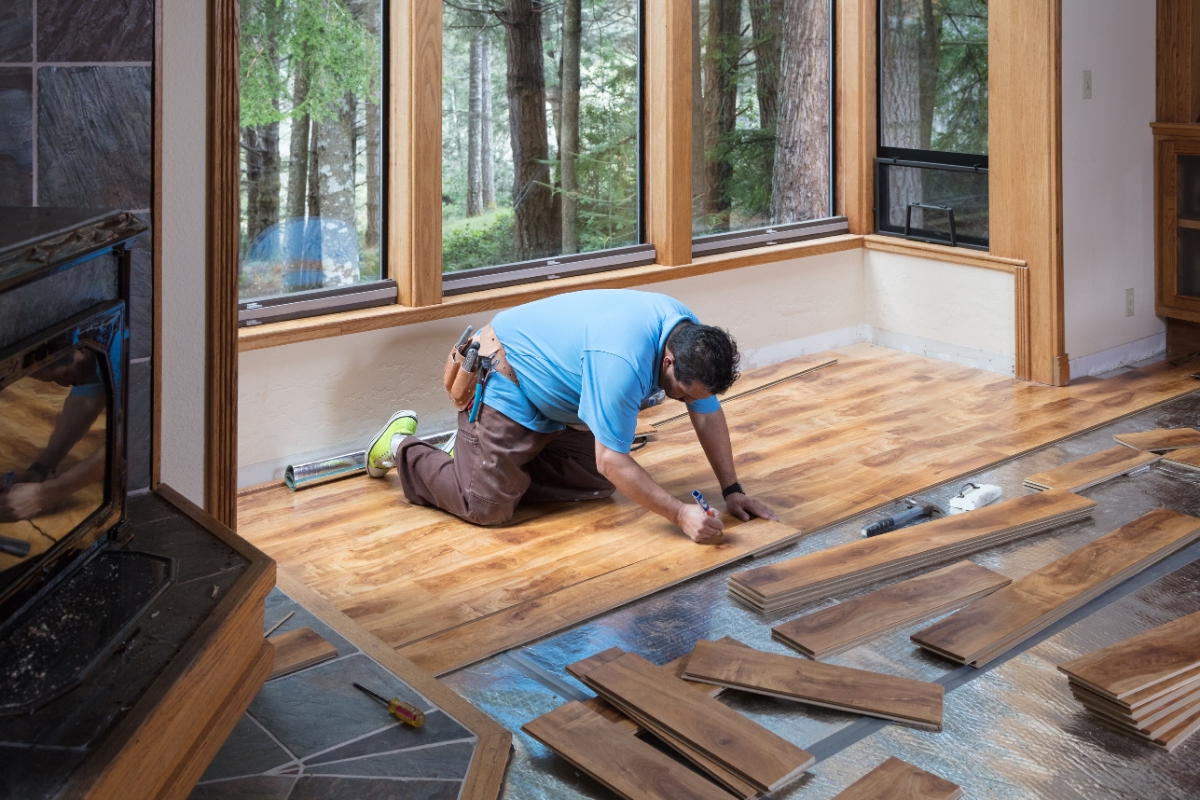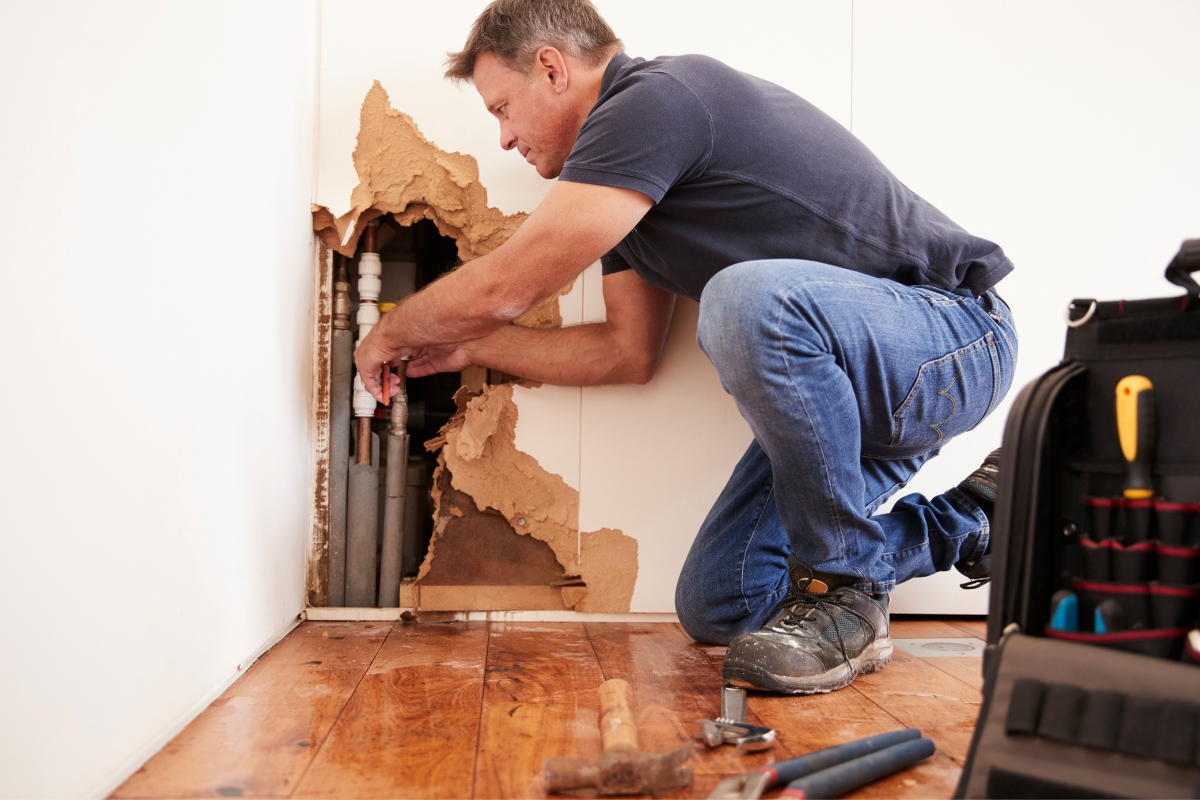Mold growth in the home can pose serious health risks, from allergies and respiratory issues to more severe conditions, particularly for individuals with compromised immune systems. Whether caused by a hidden leak or excess moisture, mold can spread quickly if not properly addressed.
Protecting your home from mold involves not only identifying the signs early but also taking preventative steps to control humidity levels and fix water-related problems.
In this guide, we’ll explore the health risks associated with mold and offer practical solutions to detect, prevent, and tackle mold damage and growth in your home. By staying proactive, you can ensure a healthier living environment for you and your family, free from the health effects related to the dangers of mold.
The Hidden Dangers: Health Effects Associated with Mold
Recognizing the Signs of Mold in Your Home
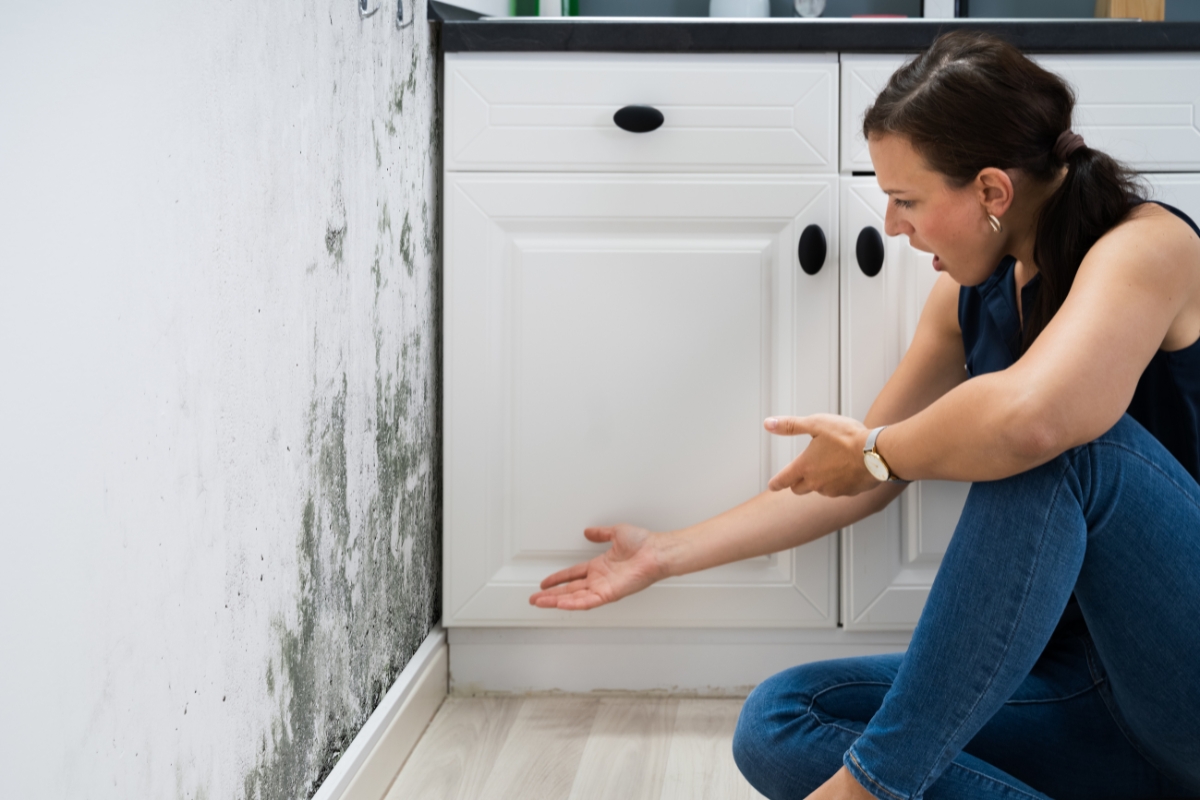
Mold thrives in damp, hidden areas, often going unnoticed until it spreads. Early detection is key to preventing damage and health issues, so it’s essential to know the signs of mold in your home. Mold can grow quickly, especially in areas with moisture, making regular inspections important.
- Visible Mold Growth: Mold can manifest in various colors like black, green, or white, often appearing on walls, ceilings, floors, or behind wallpaper. Even small patches can signal larger hidden colonies.
- Musty Odor: A persistent musty or earthy smell is a strong indicator of hidden mold, especially in areas like basements, attics, or behind furniture where mold may not be immediately visible.
- Water Damage: Areas with past or present water issues—whether from flooding, pipe leaks, or roof damage—are prime locations for mold growth. Moisture trapped in materials like drywall or wood can quickly lead to mold.
- Allergic Reactions: If you notice that symptoms like sneezing, coughing, or congestion worsen when indoors and subside when you leave, mold might be the culprit. Mold spores in the air can trigger allergic responses, especially in sensitive individuals.
In addition to these signs, be mindful of condensation buildup around windows or doors, as mold thrives in such environments. Taking action at the first sign of mold helps prevent its spread and protects your home’s structural integrity and your family’s health.
Common Types of Mold and Their Health Implications
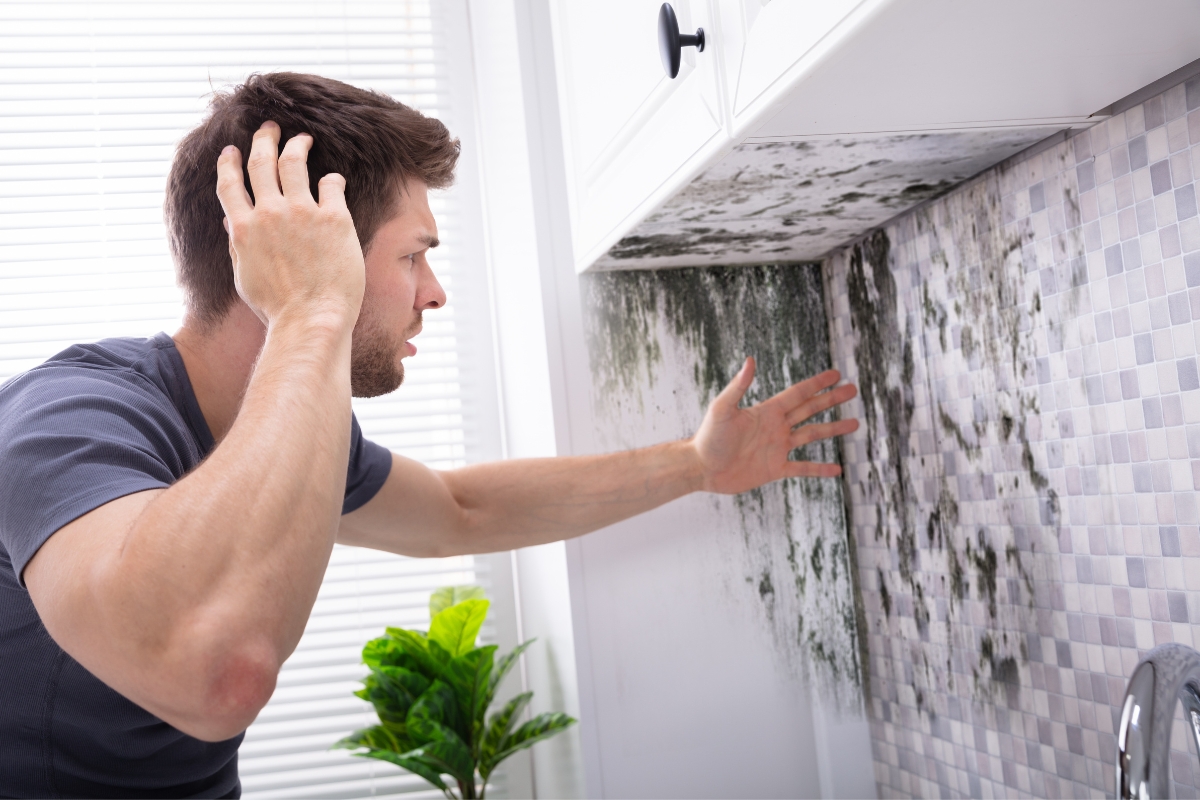
Mold exists in various forms, with some posing serious health risks. Understanding the types of mold commonly found in homes can help you better protect your family from potential health effects.
- Stachybotrys chartarum (Black Mold): Often referred to as toxic black mold, this type is notorious for producing mycotoxins. These black mold spores can lead to severe respiratory issues, such as chronic coughing, sneezing, and throat irritation. In extreme cases, exposure can cause neurological problems, including dizziness and memory loss.
- Aspergillus: This mold is prevalent in indoor environments and can grow on walls, insulation, or fabrics. While not always harmful, certain species of Aspergillus produce toxins that may cause lung infections, especially in individuals with weakened immune systems. Allergic reactions, including sneezing and itchy eyes, are also common.
- Penicillium: Known for its blue or green appearance, Penicillium can thrive in damp areas like basements. Although some strains are used to create antibiotics, inhaling its spores can trigger asthma and allergic reactions, particularly in children or those with sensitivities.
- Cladosporium: Typically found outdoors, Cladosporium can grow indoors on wood, fabrics, and HVAC systems. It is linked to asthma attacks, respiratory irritation, and skin rashes, making it a concern in homes with poor ventilation.
- Alternaria: Alternaria is commonly found in bathrooms and kitchens. It can trigger allergic reactions and intensify asthma symptoms, especially for individuals already sensitive to allergens.
- Chaetomium: Often found in homes with water damage, Chaetomium can lead to infections of the skin, nails, and respiratory system. Prolonged exposure may result in severe health complications.
Identifying the mold type and its potential risks is crucial. If you suspect an indoor mold problem, professional testing and remediation are essential to safeguard your health and home.
Vulnerable Populations: Who is Most at Risk?

While mold exposure can affect anyone, certain groups are particularly vulnerable and may experience more severe health complications. Recognizing who is most at risk can help you take proactive steps to minimize exposure and protect your household.
- Infants and Young Children: Children’s immune systems are still developing, making them more sensitive to environmental toxins like mold spores. Mold exposure in early childhood can lead to respiratory issues such as asthma or allergies, and prolonged exposure may increase the risk of chronic health conditions.
- Elderly Individuals: As we age, the immune system naturally weakens, which makes older adults more susceptible to mold-related respiratory infections or other complications. Chronic conditions, such as COPD or bronchitis, can be worsened by mold exposure in seniors.
- Pregnant Women: Hormonal changes during pregnancy can make women more sensitive to allergens, including mold. This sensitivity can result in worsened respiratory symptoms or increased allergic reactions. Additionally, prolonged exposure may pose health risks to the unborn child.
- Individuals with Respiratory Conditions: Those with pre-existing conditions like asthma or severe allergies are at a greater risk for intensified symptoms when exposed to mold. The presence of mold in the home can trigger asthma attacks or lead to chronic respiratory discomfort.
- Immunocompromised Individuals: People undergoing treatments such as chemotherapy, or those with autoimmune diseases, have weakened immune defenses. For these individuals, exposure to certain types of mold can lead to serious infections or worsen their overall health.
If anyone in your household belongs to one of these vulnerable groups, it’s essential to regularly check for mold and address any signs of growth promptly to reduce the risk of serious health issues.
The Link Between Mold and Respiratory Issues
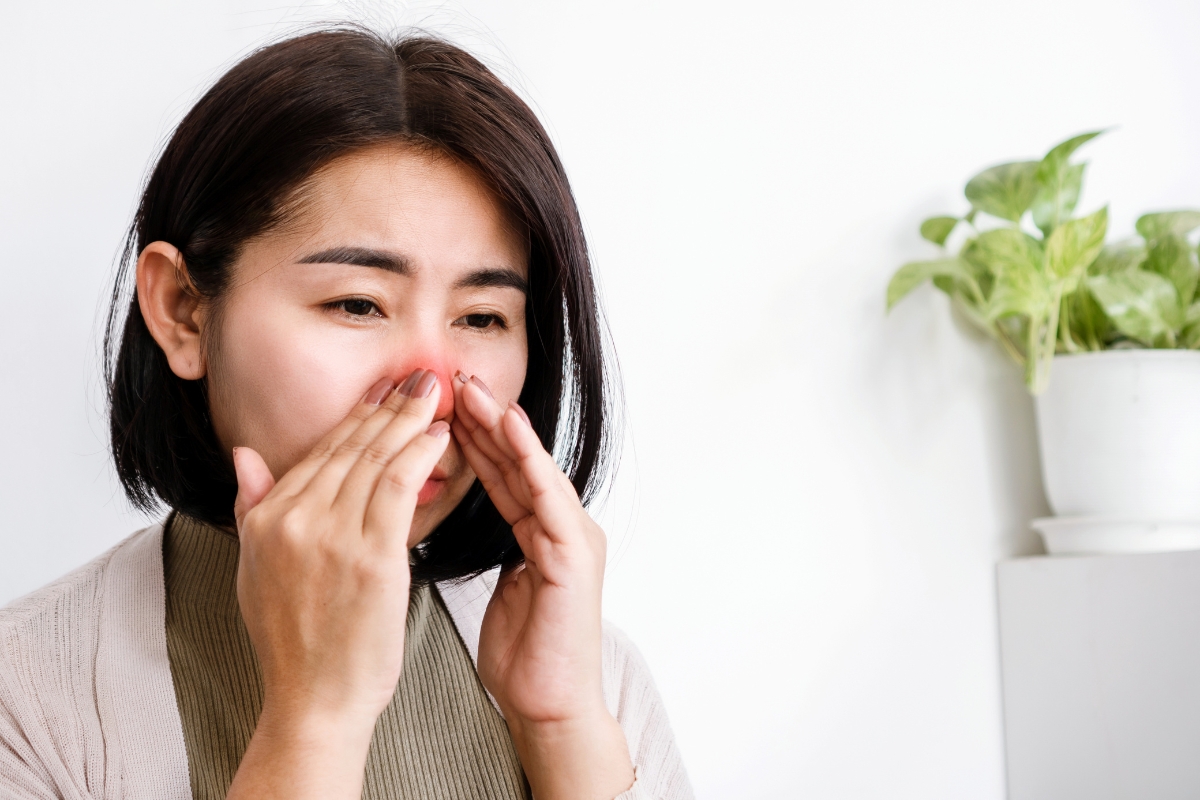
Mold exposure is closely linked to a range of respiratory problems, especially for individuals with pre-existing conditions or heightened sensitivities. Mold spores, which are easily inhaled, can irritate the airways and lead to numerous health concerns.
- Allergic Rhinitis: Breathing in mold spores can trigger allergic rhinitis, causing nasal passage inflammation. Symptoms such as sneezing, a runny nose, nasal congestion, and itchy eyes are common in those allergic to mold. This condition can also be seasonal or persistent, depending on mold levels in the environment.
- Asthma Exacerbation: Mold is a well-known asthma trigger. In individuals with asthma, mold exposure can significantly worsen symptoms, leading to more frequent and severe asthma attacks. Mold spores inflame the airways, making it harder for asthma patients to breathe normally, and can reduce their ability to manage the condition effectively.
- Hypersensitivity Pneumonitis: Prolonged exposure to certain mold types can cause this lung condition. Hypersensitivity pneumonitis results in inflammation of the lung tissue, leading to chronic coughing, shortness of breath, and flu-like symptoms.
- Fungal Sinusitis: Mold spores can colonize the sinuses, causing fungal sinusitis. This condition is marked by chronic sinus infections, facial pain, nasal congestion, and headaches.
By addressing mold issues early and maintaining good indoor air quality, you can reduce the risk of developing these mold-related respiratory conditions.
Long-Term Effects of Mold Exposure on Neurological Health

Beyond the well-known respiratory and allergic effects, prolonged exposure to mold may also impact neurological health. Although more research is needed, emerging studies suggest a possible link between mold exposure and various neurological conditions.
- Cognitive Impairment: Individuals exposed to mold for extended periods have reported experiencing memory lapses, trouble concentrating, and diminished cognitive function. These cognitive challenges can affect daily life, making it difficult to focus on tasks or remember essential details.
- Mood Disorders: Mold exposure may also contribute to mental health issues, with some studies suggesting an association between mold and mood disorders such as depression and anxiety. Chronic exposure to mold can exacerbate feelings of sadness, stress, or unease, potentially leading to prolonged emotional disturbances.
- Neurological Symptoms: In rare instances, severe mold exposure has been connected to symptoms like headaches, dizziness, tremors, and even seizures. These neurological effects, although less common, can significantly impair quality of life.
While the precise biological mechanisms behind these neurological effects are still under investigation, reducing mold exposure in your home is a key preventive measure. Regular inspections, proper ventilation, and prompt mold remediation can minimize potential risks to both physical and neurological health.
Strategies for Preventing Mold Growth in Your Home
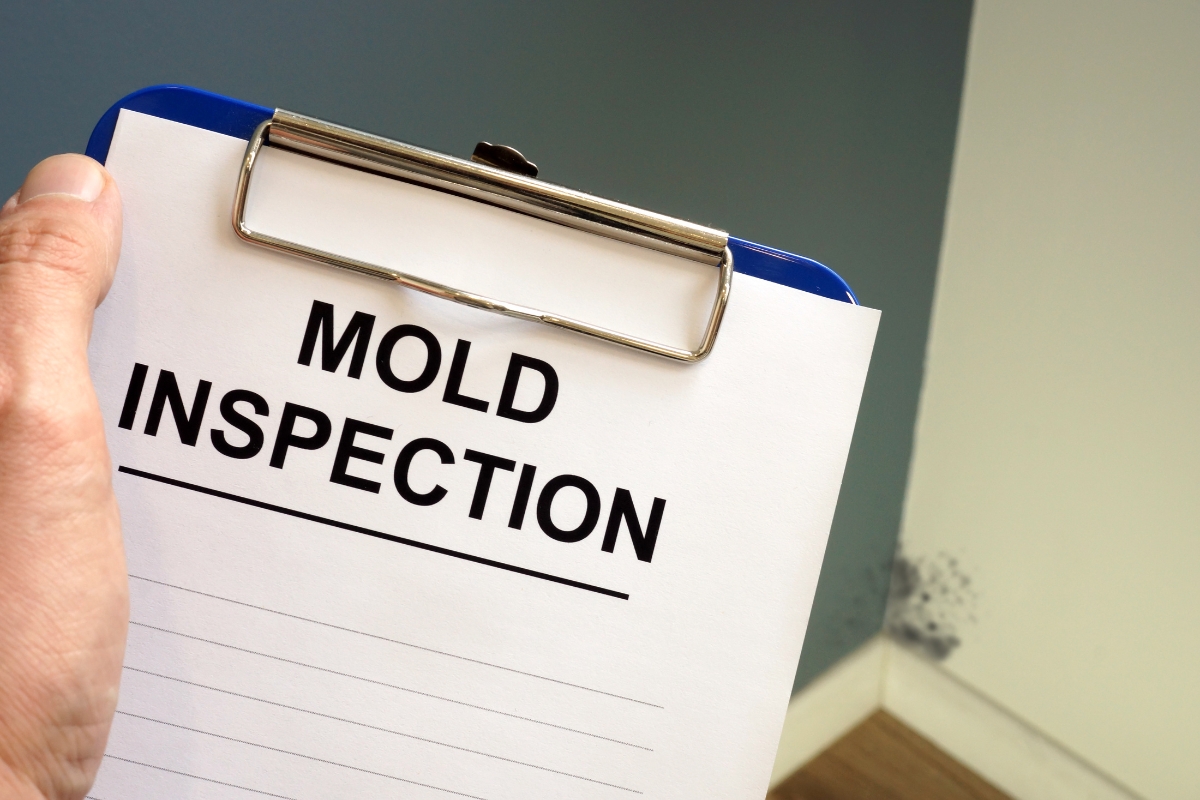
Preventing mold growth is essential for safeguarding your home and your health. By taking proactive measures, you can minimize the risk of mold-related issues. Here are some effective strategies to keep mold at bay:
- Maintain Proper Ventilation: Areas like kitchens, bathrooms, and laundry rooms are particularly prone to moisture buildup. Ensure proper airflow by using exhaust fans, opening windows, or installing ventilation systems to remove excess moisture from the air.
- Control Humidity Levels: Mold thrives in high humidity. Keeping indoor humidity levels below 50% is crucial. Invest in dehumidifiers or use air conditioners to control moisture in the air, particularly in humid climates.
- Address Water Leaks Immediately: Whether it’s a leaky pipe, roof, or window, water intrusion and damage can quickly lead to mold growth. Repair leaks as soon as you spot them and dry affected areas to prevent mold from taking root.
- Dry Wet Areas Quickly: After spills, flooding, or any water exposure, ensure that wet areas are cleaned and dried within 24-48 hours. Mold can begin to grow in as little as 24 hours, so quick action is key.
- Use Mold-Resistant Materials: When building or renovating, choose mold-resistant products like treated drywall, special paints, or insulation designed to resist mold. These materials can offer an added layer of protection in areas prone to moisture.
- Routine Cleaning and Inspections: Regularly clean and inspect areas like basements, attics, and crawl spaces where mold is more likely to develop. Keeping your home clean and well-maintained can prevent moisture buildup and early mold growth from becoming a larger issue.
By incorporating these strategies into your home maintenance routine, you can significantly reduce the likelihood of mold growth and its associated health risks.
Effective Remediation Techniques for Existing Mold Infestations
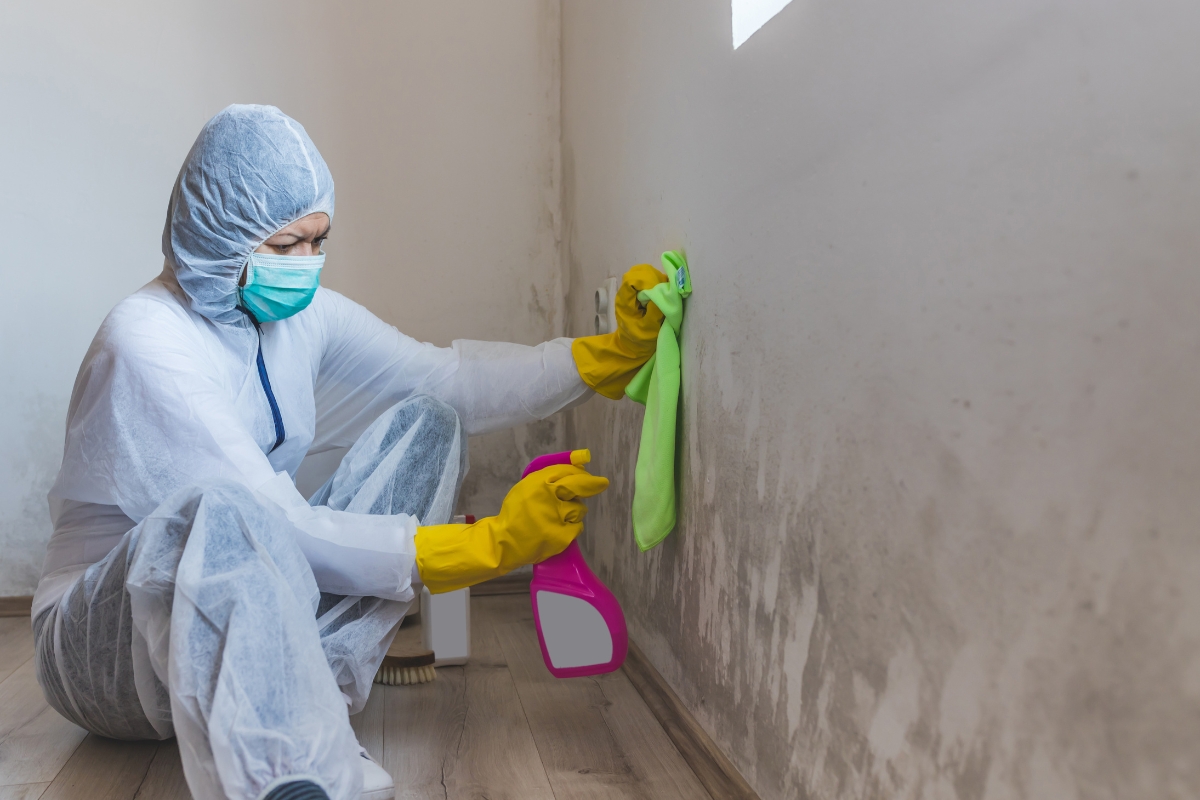
If you find mold in your home, it’s important to act quickly to limit the spread and prevent further health risks. Depending on the severity of the mold growth, different techniques may be required. Here are some effective remediation strategies:
- Mold Removal for Small Areas: For minor mold infestations, you can typically handle the cleanup yourself using household products. A solution of water and detergent or specialized mold cleaners works well for non-porous surfaces like tiles or glass. Be sure to wear protective gear, such as gloves and a mask, to avoid inhaling spores. After cleaning, ensure the area is thoroughly dried to prevent mold from returning.
- Mold Encapsulation: When mold affects porous materials such as drywall, wood, or insulation, it can be challenging to remove completely. Encapsulation is a method where a special sealant is applied to trap the mold spores and prevent them from spreading. This is often used when removing the affected materials is not feasible.
- Professional Mold Remediation: For larger infestations or cases where the mold has deeply infiltrated walls, flooring, or HVAC systems, professional help is essential. Mold remediation experts have the tools, knowledge, and safety equipment to remove mold effectively and restore indoor air quality. They also help identify and eliminate the moisture sources fueling mold growth to prevent future issues.
Promptly addressing mold infestations with the right techniques ensures the safety of your home and reduces health risks for you and your family.
Conclusion: Taking Control of Your Home’s Health with Mold Prevention
Mold is not just an unsightly nuisance; it poses significant health risks that should not be underestimated. Protecting your home from the health risks associated with mold is an ongoing effort. By staying vigilant and proactive, you can create a safe and healthy living environment for yourself and your loved ones.
Protect your home and your family by choosing a trusted professional for mold remediation. Restor-It, Inc. specializes in comprehensive mold remediation and emergency restoration services to ensure a safe and healthy living environment. Contact us today at (678) 355-6645 or visit our website to request a free quote through our online form.

